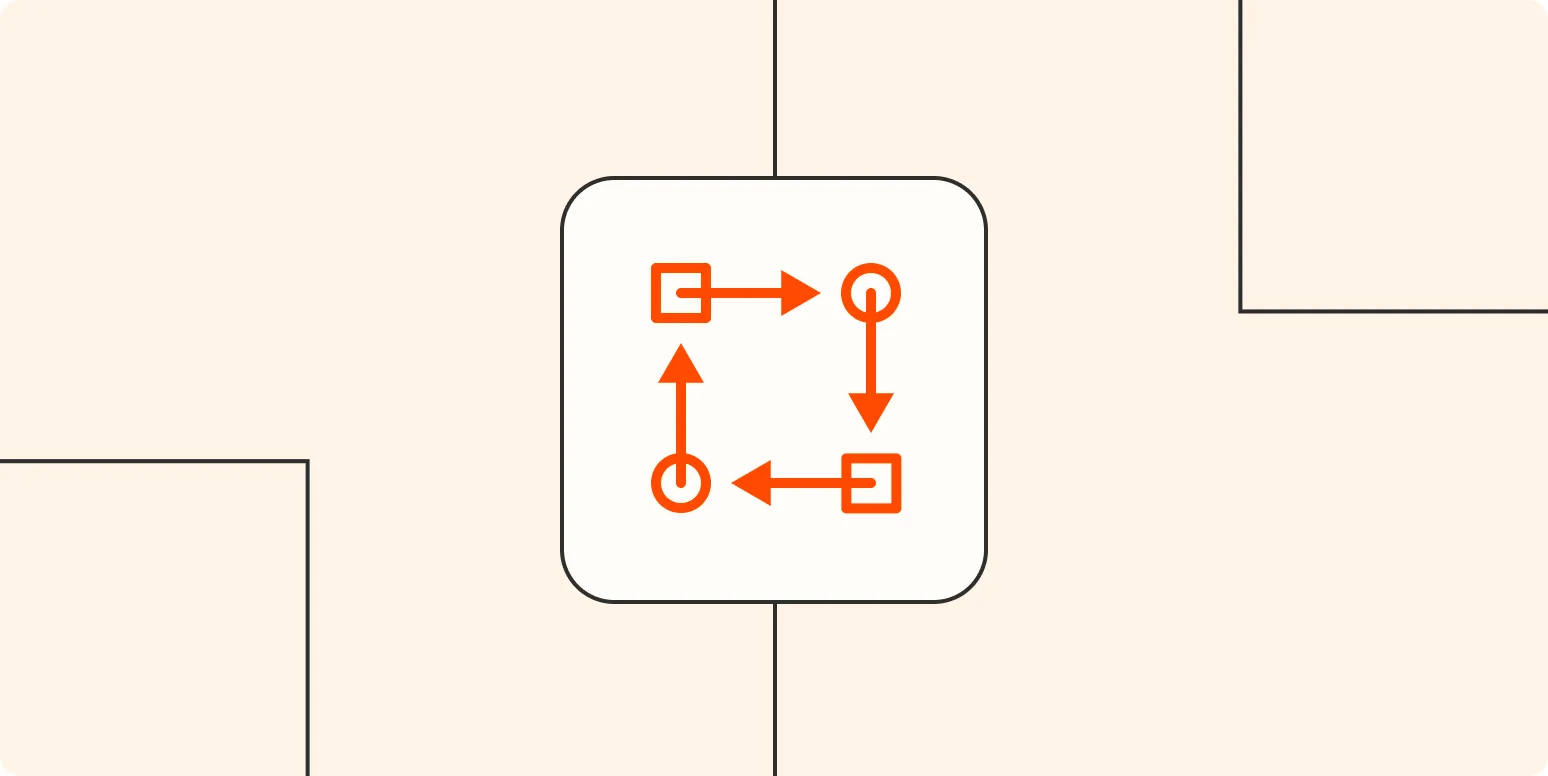Integration Platform as a Service (iPaaS) is a cloud-based service that enables businesses to integrate applications, data, and processes across different environments, whether they are on-premises or in the cloud. This service is becoming increasingly vital as organizations rely on multiple applications and data sources to perform their operations. iPaaS provides a streamlined way to connect these disparate systems, ensuring that data flows seamlessly between them. In this article, we will delve deeper into what iPaaS is, its benefits, and how it works.
Understanding iPaaS
At its core, iPaaS is a suite of tools and services that allow organizations to create, manage, and monitor integrations between various applications and services. Unlike traditional integration methods that often require extensive coding and technical know-how, iPaaS solutions are designed to be user-friendly, often featuring drag-and-drop interfaces and pre-built connectors. This democratizes access to integration, allowing even non-technical users to build and manage integrations.
Key Features of iPaaS
Some of the key features of iPaaS include:
| Feature | Description |
|---|---|
| Pre-built Connectors | iPaaS platforms often come with numerous pre-built connectors for popular applications, allowing for quick and easy integrations. |
| User-friendly Interface | Many iPaaS solutions feature drag-and-drop interfaces that simplify the integration process, making it accessible to non-technical users. |
| Real-time Data Processing | iPaaS enables real-time data synchronization between applications, ensuring that decisions are based on the most current information available. |
| Scalability | As businesses grow, their integration needs change. iPaaS solutions can easily scale to accommodate new applications and data sources. |
| Monitoring and Analytics | Most iPaaS solutions offer monitoring and analytics tools to track integration performance and troubleshoot issues. |
Benefits of Using iPaaS
Implementing an iPaaS solution brings a multitude of benefits to organizations, including:
- Improved Efficiency: By automating data transfers and processes, iPaaS reduces manual work, allowing employees to focus on higher-value tasks.
- Enhanced Data Accuracy: iPaaS minimizes the risk of errors associated with manual data entry by ensuring that data is consistently synchronized across all systems.
- Faster Time to Market: With pre-built connectors and templates, businesses can deploy integrations quickly, allowing them to respond faster to market changes.
- Cost-Effectiveness: iPaaS reduces the need for extensive IT infrastructure and resources, leading to lower operational costs.
- Flexibility: iPaaS solutions can easily adapt to changing business needs, allowing for seamless integration of new applications as they are adopted.
How iPaaS Works
iPaaS operates through a series of steps that involve connecting various applications and data sources. Here’s a simplified breakdown of the integration process:
- Identification of Integration Needs: Businesses start by identifying the applications that need to be integrated and the data that needs to flow between them.
- Using Pre-built Connectors: iPaaS platforms usually offer a library of pre-built connectors for commonly used applications, significantly speeding up the integration process.
- Configuration: Users can configure the integrations using a visual interface, defining how data should be transferred, transformed, and managed across systems.
- Testing: Once configured, integrations are tested to ensure that data flows correctly and that there are no errors.
- Deployment and Monitoring: After successful testing, the integration is deployed, and ongoing monitoring tools ensure that it continues to function smoothly.
Choosing the Right iPaaS Solution
When selecting an iPaaS provider, consider the following factors:
- Compatibility: Ensure that the iPaaS solution is compatible with the applications and data sources used in your organization.
- Scalability: Choose a provider that can scale with your business as your integration needs grow.
- Support and Resources: Look for a provider that offers robust support and resources, including documentation and tutorials, to help users navigate the platform.
- Cost: Assess the pricing model to ensure that it fits within your budget while still meeting your integration needs.
Conclusion
In conclusion, iPaaS is a powerful solution that enables organizations to integrate their applications and data seamlessly. With its user-friendly interfaces, pre-built connectors, and real-time data processing capabilities, iPaaS empowers businesses to operate more efficiently and respond quickly to changing market demands. As organizations continue to adopt cloud technologies and hybrid environments, iPaaS will play a crucial role in ensuring that their systems remain interconnected and effective.





